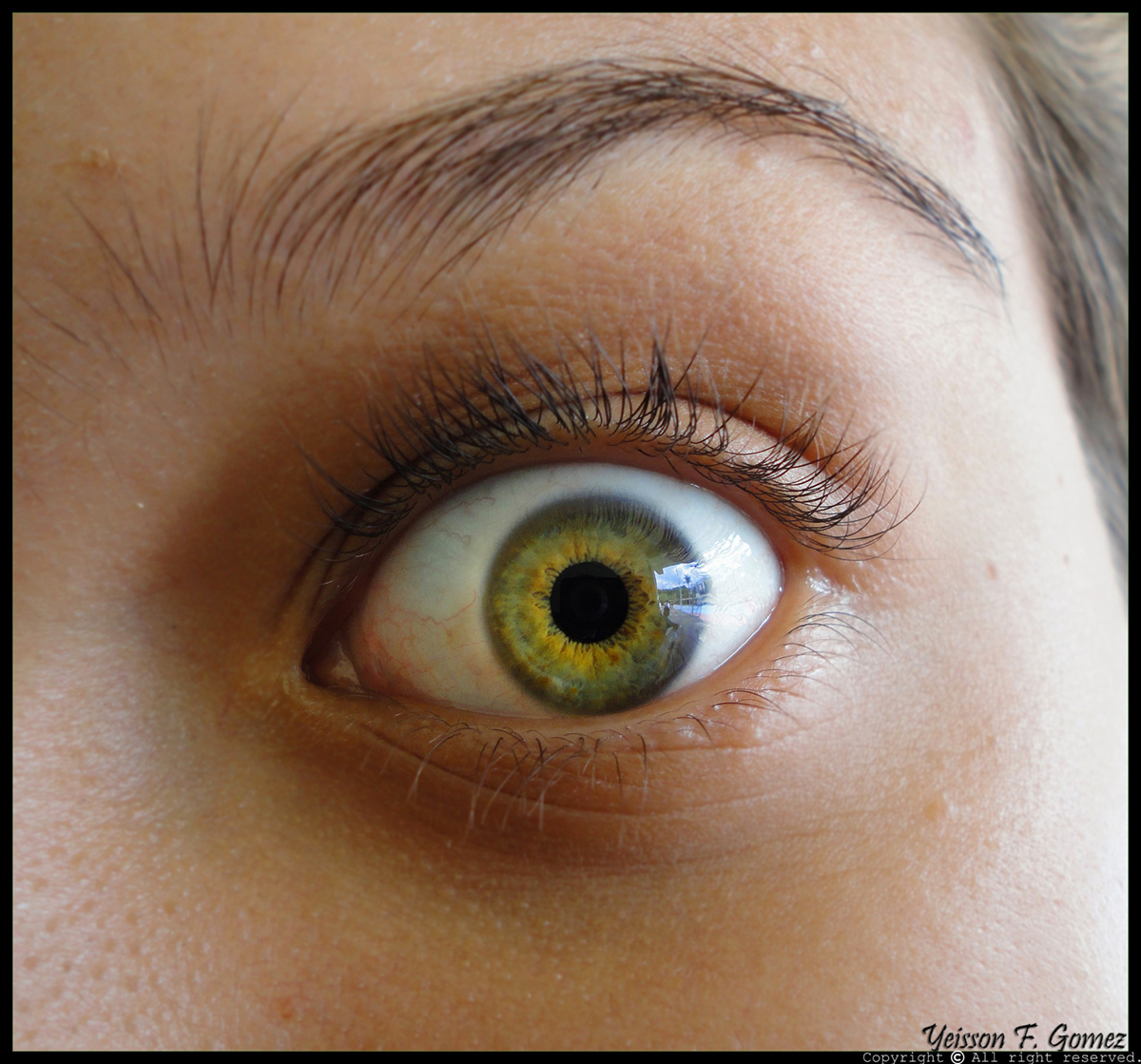Table of Contents
Recurrent corneal erosion is a condition affecting the outermost layer of corneal cells called the epithelium. The problem is caused when the bottom layer of epithelial cells adhere poorly to the cornea, causing them to slough off easily.
Recurrent corneal erosions are usually bilateral, meaning they occur on both sides, and are characterized by various patterns of dots, parallel lines that mimic fingerprints, and patterns that resemble maps, which appear in the epithelium. All this is accompanied by:
- Severe pain (especially after awakening)
- Blurred vision
- Foreign body sensation
- Dryness and irritation
- Tearing
- Red eye
- Light sensitivity
- Visual acuity loss
- Astigmatism
- Epithelial blebs
Diagnosis of recurred corneal erosions

Second option is a careful slit lamp examination which often reveals corneal erosions. Many times, there may be associated generalized or localized patches of corneal edema.
Corneal topographic analysis often reveals focal areas of corneal flattening in eyes of people with this syndrome. This finding is important, as the identification of areas of focal abnormality in RCE syndrome remains a significant clinical problem in those patients with symptoms but no evident epithelial abnormalities.
Prevention
There are some advices for all the people that are in high risk fore developing this syndrome! Some of the most effective are:
- avoiding dry or irritating environments, such as cigarette smoke
- drinking plenty fluids to help prevent drying of the eyes
- not sleeping-in late, as corneal hydration from lid closure may be a factor affecting epithelial adhesion
- use of long-lasting eye ointments applied before going to bed
- Keep high quality artificial tears within reach at bedtime. If eyes feel stuck upon awakening, insert the tip of tears bottle slightly into inner corner of eye, gently squirting the tears, which will seep under the eyelid, often allowing opening of eyes without an erosion episode. Several repeated applications of tears may be necessary.
- Control air quality and humidity while sleeping.
- Avoid having an over ventilated room while you sleep.
- Having air flowing over your face, even with your eyes closed, can and will increase eye dryness.
- Cool, moist and still air is the best environment to prevent unnecessary evaporation of eye moisture.
Continue reading after recommendations
- en.wikipedia.org/wiki/Corneal_erosion
- www.emedicine.com
- www.optometry.co.uk

